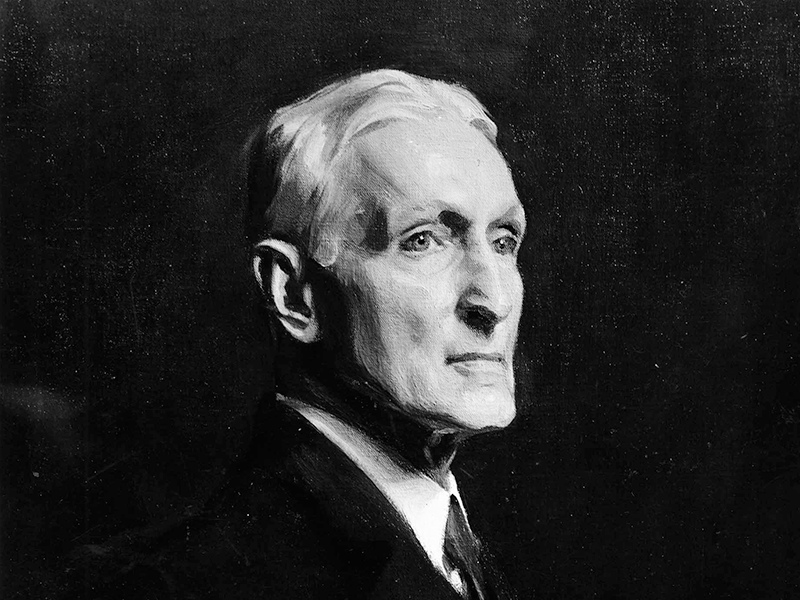A Proud Legacy of Innovation
Cincinnati Children’s traces its roots back to 1884, when the newly formed Hospital of the Protestant Episcopal Church converted a three-bedroom house into a hospital devoted to serving children.
The Cincinnati Children’s Research Foundation – the medical center’s research arm − was founded in 1931 through an endowment from William Cooper Procter, chairman of the hospital’s board of trustees and grandson of William Procter, the cofounder of Procter & Gamble Co.
Since then, major research expansions occurred in 1950, 1968, 1991, 1998, 2000, 2008 and 2015 as the foundation grew to become the nation’s second largest recipient of research grants from the National Institutes of Health to pediatric institutions.
Today, our work encompasses basic, translational, clinical and quality outcomes research aimed at improving child health. Research breakthroughs from our past serve to inspire us today as we look to genomics, molecular medicine and pharmaceutical therapies to treat a wide range of pediatric afflictions.








